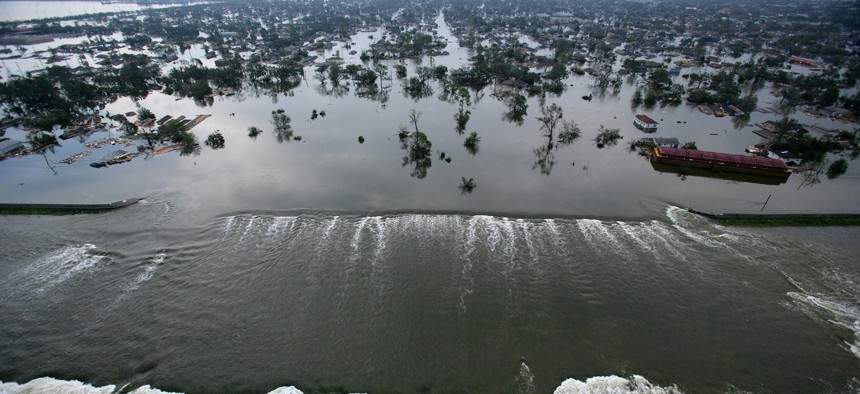An Oral History of the Katrina Response
The storm was a natural disaster that morphed into a manmade catastrophe.
Some disasters you see coming. Hurricane Katrina was one of them.
In New Orleans, people had been bracing for The Big One for decades. The city sits in a bowl, surrounded by water kept at bay by canals and levees constructed to hold back Lake Pontchartrain to the north and the Mississippi River to the south as it snakes through the city en route to the Gulf of Mexico. In summer 2004, the Federal Emergency Management Agency brought together nearly 300 people from all levels of government to simulate the city’s response to a slow-moving Category 3 hurricane — the hypothetical Hurricane Pam. The results were not encouraging. A year later, officials found themselves grappling with the all-too-real Hurricane Katrina.
To mark the 10th anniversary, Government Executive talked to 10 people who witnessed the storm and its aftermath from their roles in government. Our goal here is not to provide comprehensive coverage of the event, or a full analysis of what went wrong. It’s simply to offer what we hope are some valuable insights into the extraordinary limits and capabilities of government.



